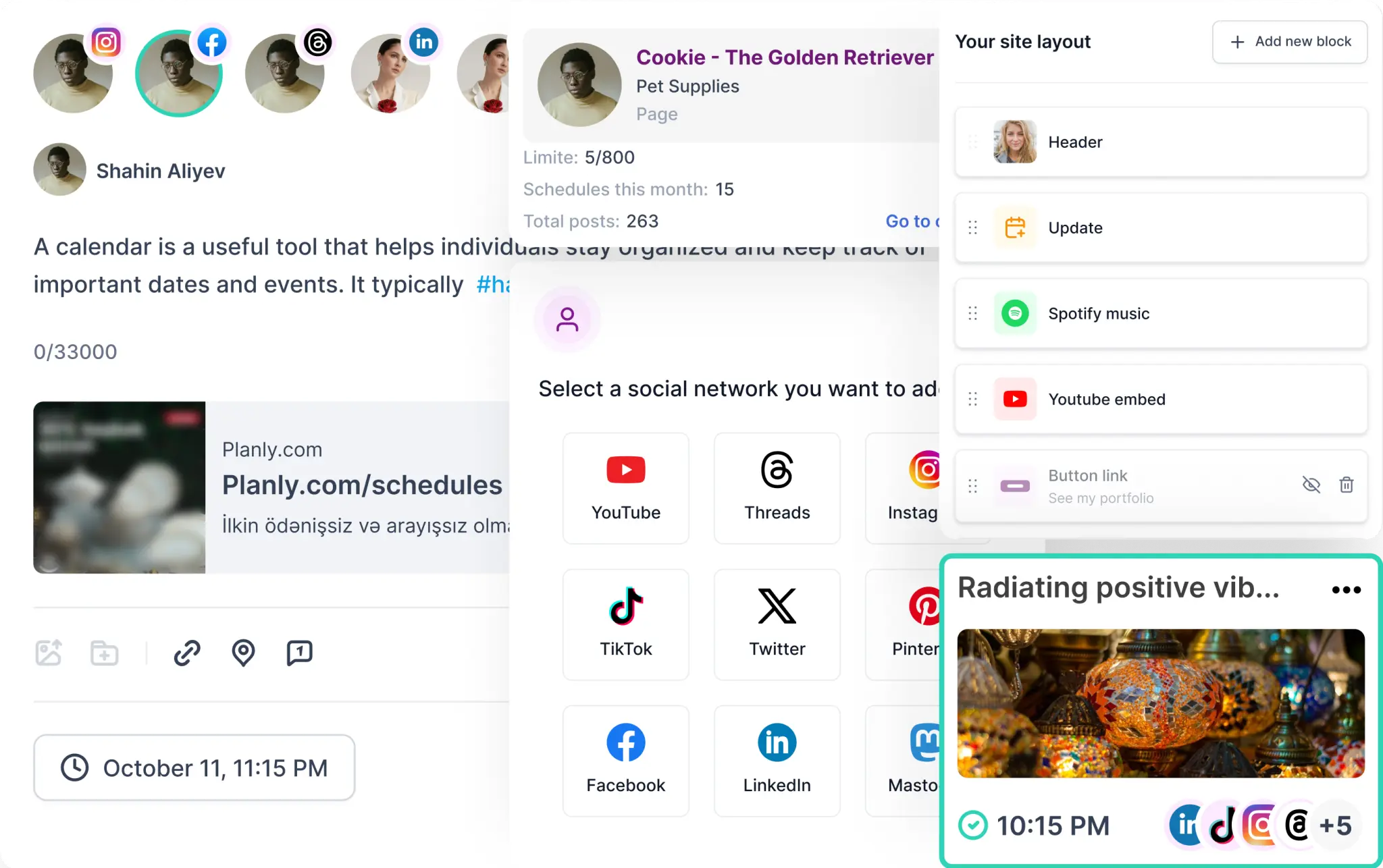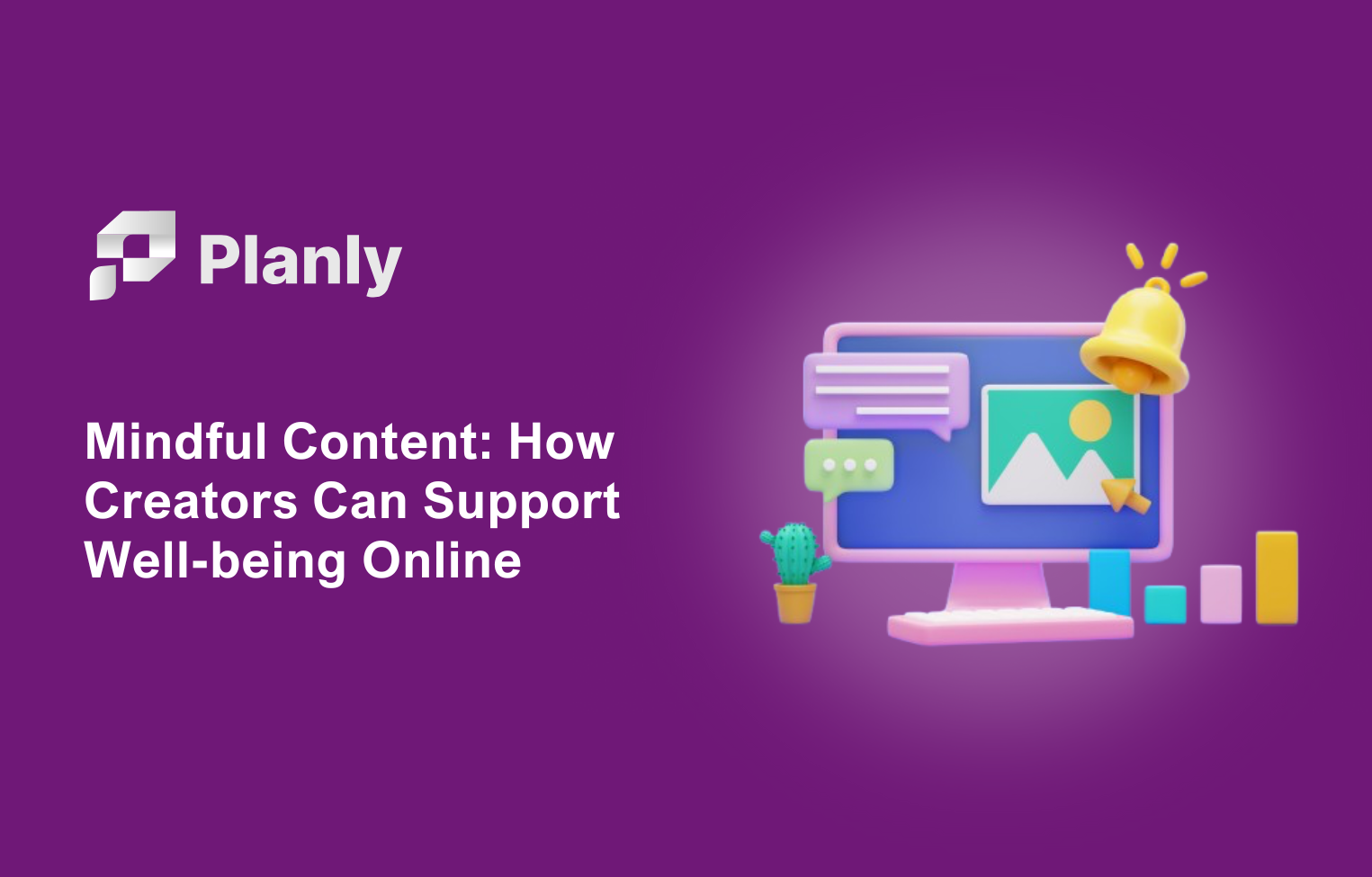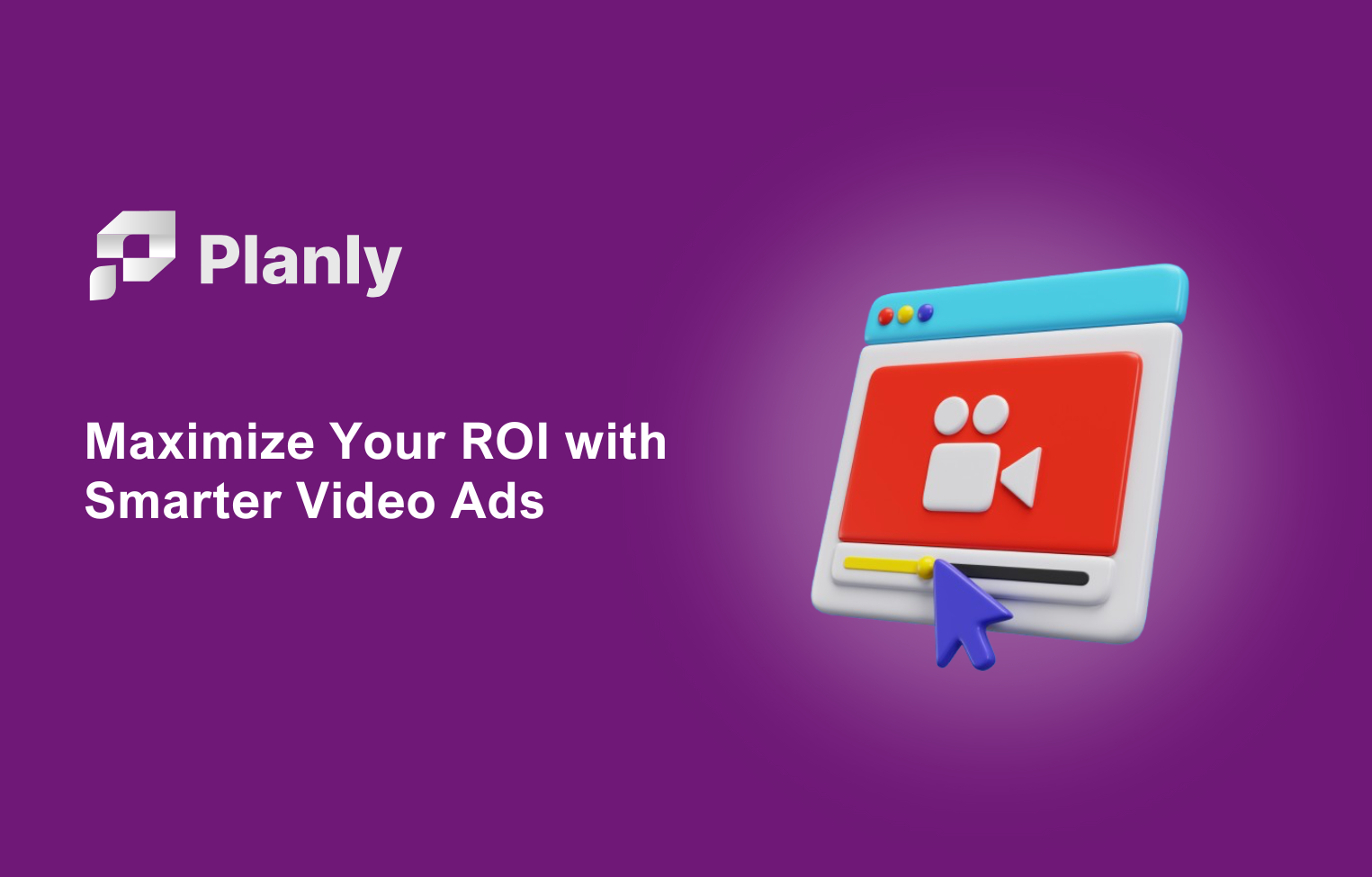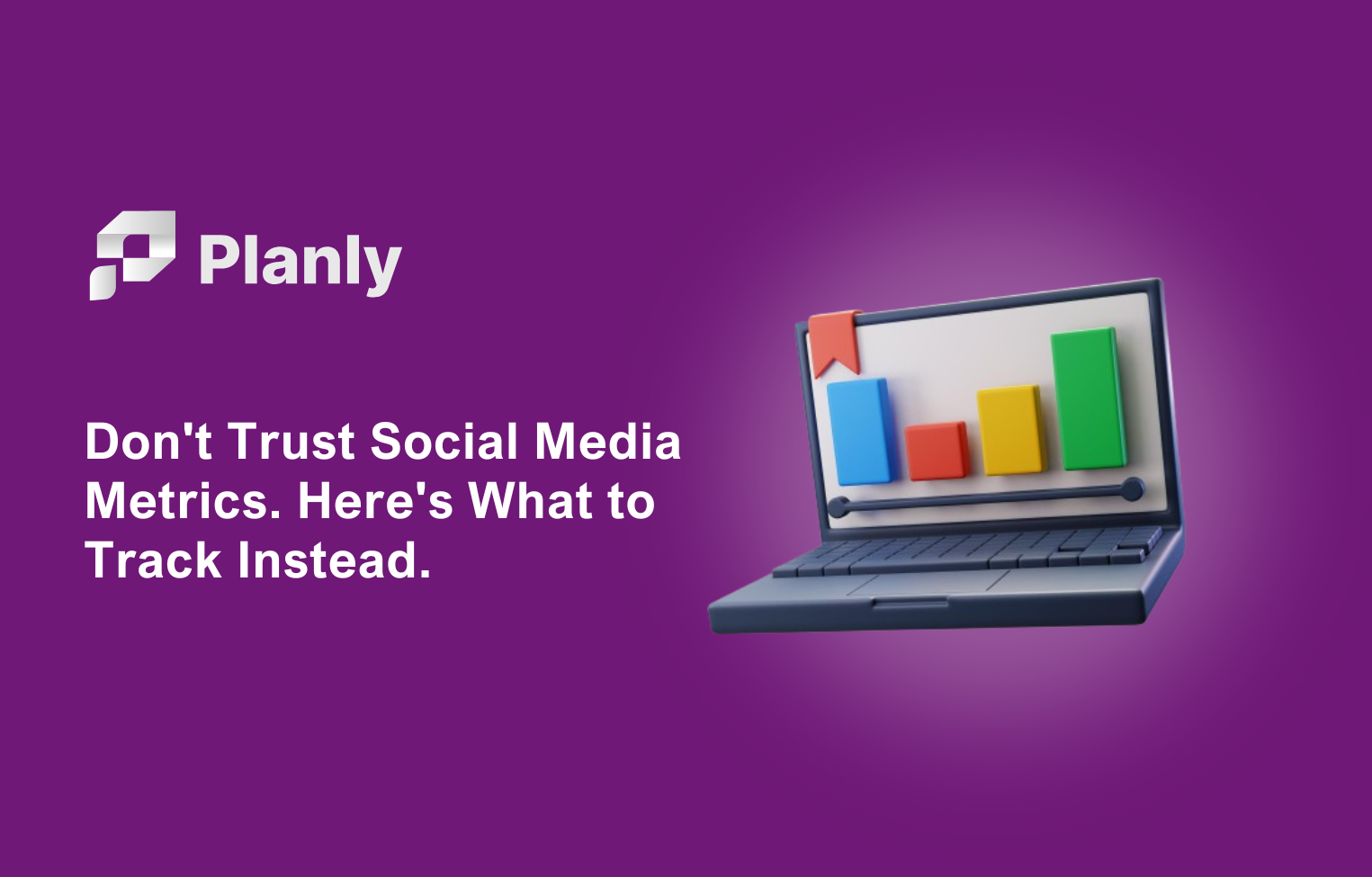Social media metrics are quantitative measures used to gauge the performance and impact of social media activities. They provide insights into how well your social media strategies are working and help you understand your audience's behavior, engagement, and overall impact of your social media presence.
Categories of Metrics
- Engagement Metrics: These metrics measure how users interact with your content. Key engagement metrics include likes, comments, shares, and the engagement rate. These interactions indicate how compelling and relevant your content is to your audience.
- Reach and Impressions:
- Reach: The total number of unique users who have seen your content.
- Impressions: The total number of times your content has been displayed, regardless of clicks. Understanding these metrics helps in assessing the visibility of your content and brand awareness. Quick thing to keep in mind, if a person has seen your content 4 times, it is 4 impressions and 1 reach.
- Audience Growth: This category includes metrics like follower count and growth rate, which track the increase or decrease in your social media following over time. It helps in understanding how your audience is expanding and the effectiveness of your content in attracting new followers.
- Conversion Metrics:
- Click-Through Rate (CTR): The percentage of users who click on your content to learn more or take action.
- Conversion Rate: The percentage of users who take a desired action, such as making a purchase or signing up for a newsletter, after interacting with your social media content. These metrics are crucial for evaluating the effectiveness of your social media campaigns in driving tangible outcomes.
- Customer Service Metrics:
- Response Time: The average time taken to respond to user inquiries or comments.
- Resolution Rate: The percentage of customer service issues resolved through social media channels. These metrics help in assessing the efficiency and effectiveness of your social media customer service efforts.
- Content Performance: This includes metrics that identify your top-performing posts and content types. By analyzing which content resonates most with your audience, you can refine your content strategy to focus on what works best.
Key Metrics to Track
To succeed in social media analytics game, you need to know what you track. But more importantly, you need to know which ones to pay attention to, depending on your needs. To keep your posts on track while analyzing data, an automated Facebook scheduler can maintain your content flow without interruptions, allowing you to focus on interpreting analytics.
Engagement Metrics
- Likes and Reactions: Measuring the number of likes and reactions your posts receive helps you understand what content resonates with your audience. This metric is a direct indicator of content appreciation and can help guide future content creation.
- Comments and Replies: Tracking comments and replies allows you to gauge the level of audience interaction and engagement. Engaging content often sparks conversations, leading to increased visibility and reach.
- Shares and Retweets: Shares and retweets indicate that your content is compelling enough for users to want to share it with their own networks. This metric is crucial for increasing your content's reach and virality.
- Engagement Rate: Calculated as the total engagement (likes, comments, shares) divided by the total number of followers, the engagement rate provides a more holistic view of how well your content is performing relative to your audience size.
Reach and Impressions
- Post Reach: Understanding how many unique users have seen your post helps you assess the effectiveness of your distribution strategy and overall content visibility.
- Impressions: By tracking the number of times your content is displayed, you can measure how often your content is seen, which is critical for brand awareness and exposure.
- Follower Growth: Monitoring the increase or decrease in your followers over time helps you evaluate the success of your social media efforts in attracting and retaining an audience.
Conversion Metrics
- Click-Through Rate (CTR): This metric measures the percentage of users who click on your post or ad to learn more or take action. A high CTR indicates effective and compelling calls to action.
- Conversion Rate: The percentage of users who complete a desired action, such as making a purchase or signing up for a newsletter, which is the desired goal of your whole business. It helps you measure the effectiveness of your social media campaigns in driving business goals.
- Bounce Rate: The percentage of users who leave your site after viewing only one page. By tracking this you assess the relevance and effectiveness of your landing pages linked from social media.
Customer Service Metrics
- Response Time: The average time taken to respond to user inquiries or comments. Tracking this helps you evaluate the efficiency of your customer service on social media.
- Resolution Rate: The percentage of customer service issues resolved through social media channels. It allows you to gauge the effectiveness of your support efforts.
Best Practices for Analyzing Social Media Metrics
Now you know the overall metrics and which ones to track based on your conversion goals. Then the next step is strategizing. But what is the first step in a strategy?
Setting Clear Objectives
Why Set Objectives? Clear objectives are essential for effective social media measurement. Without specific goals, it becomes challenging to determine the success of your efforts. And without clearly determined ones, you lost yourself between incredibly specific goals that do not translate into anything of value.
Examples of Objectives:
- Increase Brand Awareness: Aim to reach a wider audience and improve recognition. Focus on reach, impression and share of mind.
- Drive Website Traffic: Focus on attracting visitors to your website through social media channels. Focus on bounce rate, engagement time and scroll depth.
- Boost Engagement: Enhance interactions such as likes, comments, shares, and retweets. Focus on engagement rate, likes, comments and virality.
- Generate Leads: Capture potential customer information to nurture for sales. Focus on leads, purchases or other types of conversions.
Choose the Right Tools
Utilizing the right tools can tidy up the process of tracking and analyzing metrics, providing comprehensive insights into your social media performance.
Top Tools for Social Media Analytics:
- Planly: Offers detailed reports and insights on engagement, reach, and audience demographics.
- Google Analytics: Tracks website traffic and conversions from social media sources.
Regular Reporting
Why Regular Reporting Matters: Consistent reporting helps in identifying trends, evaluating performance over time, and making informed decisions to optimize your strategy.
Without reporting, you are headed in a clear direction, but in the darkness. Reporting is the headlights that shine through the road. It is great to remember where you came from and how you can move faster.
Reporting Frequency:
- Weekly Reports: Provide quick insights into immediate performance and short-term trends.
- Monthly Reports: Offer a broader view of performance, helping in assessing overall effectiveness.
- Quarterly Reports: Allow for strategic adjustments based on long-term data and comprehensive analysis.
Key Components of a Report:
- Metric Summary: An overview of key metrics such as engagement, reach, and conversions.
- Performance Analysis: Detailed examination of what worked well and what didn’t.
- Actionable Insights: Recommendations for improving future social media efforts.
Benchmarking
Benchmarking involves comparing your social media performance against industry standards or competitors to identify areas for improvement.
Types of Benchmarking:
- Internal Benchmarking: Comparing your current performance with past performance to track progress.
- Competitive Benchmarking: Evaluating your metrics against competitors to understand your market position.
- Industry Benchmarking: Using industry averages as a reference to gauge your performance.
Benefits of Benchmarking:
- Identify Strengths and Weaknesses: Understand where you excel and where you need improvement.
- Set Realistic Goals: Use benchmarks to set achievable targets based on industry standards.
- Gain Competitive Advantage: Learn from competitors and industry leaders to enhance your strategy.
Interpreting Social Media Metrics
Say you are responsible for the growth of a project. And you got sent a few reports. Then the question becomes, how do you interpret those metrics?
What are Engagement Metrics?
Engagement metrics measure how users interact with your social media content. These interactions indicate the level of interest and involvement of your audience.
Why Engagement Metrics Matter?
Engagement metrics are used for understanding how well your content matches your audience. High engagement levels often correlate with increased visibility and reach, as social media algorithms tend to prioritize content that generates more interactions.
Reach and Impressions
Reach refers to the number of unique users who see your content, while impressions indicate the total number of times your content is displayed, regardless of whether it was clicked or not.
Why Reach and Impressions Matter?
These metrics help you gauge the potential visibility of your content. High reach and impressions suggest that your content is being seen by a wide audience, which can lead to greater brand awareness and potential engagement.
What are Conversion Metrics?
Conversion metrics track the actions that users take after engaging with your social media content, such as making a purchase, signing up for a newsletter, or downloading a resource.
Why Conversion Metrics Matter?
Conversion metrics are critical for assessing the effectiveness of your social media strategy in driving tangible business results. They provide insights into how well your content and campaigns are performing in terms of generating leads, sales, and other valuable actions.
Optimizing Your Social Media Metrics
To effectively measure your social media success, it's essential to set specific, measurable, achievable, relevant, and time-bound (SMART) goals. These goals will guide your strategy and help you focus on what matters most.Understanding social media trends is crucial for effective analytics, and our resource offers expert tips on how to leverage these trends for optimization
Choosing the Right KPIs: Key Performance Indicators (KPIs) are metrics that align with your business objectives. Select KPIs that reflect your goals, such as:
- Engagement Rate: To measure audience interaction.
- Conversion Rate: To assess the effectiveness of your campaigns in driving actions.
- Customer Satisfaction Score: To gauge customer sentiment.
Examples of SMART Goals:
- Increase Engagement: Aim for a 20% increase in engagement rate on Instagram over the next three months.
- Boost Website Traffic: Drive a 15% increase in website traffic from social media channels within six months.
- Enhance Lead Generation: Generate 50 new leads per month through LinkedIn campaigns by the end of the year.
Specific optimization scenarios
1. Increasing Engagement Rates:
Scenario: Your posts are receiving low engagement in terms of likes, comments, and shares.
Implementation:
- Content Variety: Mix up your content with videos, images, polls, and stories to see what resonates best.
- Optimal Timing: Use analytics tools to identify the best times to post when your audience is most active.
- Interactive Posts: Ask questions, run contests, and use call-to-actions (CTAs) to encourage interaction.
- Engage Back: Respond to comments and messages promptly to build a sense of community.
2. Boosting Follower Growth:
Scenario: Your follower count is stagnant or growing slowly.
Implementation:
- Collaborations: Partner with influencers or brands in your niche for shoutouts or joint campaigns.
- Hashtags: Use relevant and trending hashtags to increase discoverability.
- Content Consistency: Post consistently and maintain a cohesive brand aesthetic.
- Cross-Promotion: Promote your social media profiles on your website, email newsletters, and other channels.
3. Improving Conversion Rates:
Scenario: You have a high number of visitors but a low conversion rate.
Implementation:
- Clear CTAs: Ensure your posts have clear and compelling CTAs directing users to your landing pages or products.
- Retargeting Ads: Use retargeting ads to reach users who have previously engaged with your content or visited your website.
- Landing Pages: Optimize your landing pages for mobile, with fast load times and easy navigation.
- A/B Testing: Test different versions of your ads, CTAs, and landing pages to find the most effective combinations.
4. Enhancing Content Reach:
Scenario: Your content is not reaching a wide audience.
Implementation:
- Paid Promotion: Invest in paid ads on platforms like Facebook, Instagram, and LinkedIn to boost your content.
- User-Generated Content: Encourage followers to create and share content about your brand, then repost it.
- SEO Optimization: Optimize your posts for search engines using keywords, especially on platforms like YouTube and Pinterest.
- Influencer Marketing: Collaborate with influencers to amplify your reach to their established audiences.
5. Strengthening Brand Awareness:
Scenario: Your brand lacks recognition or visibility in your industry.
Implementation:
- Consistent Branding: Ensure all your social media profiles have a consistent look and feel that reflects your brand identity.
- Storytelling: Share your brand story and values through engaging narratives and behind-the-scenes content.
- Educational Content: Provide value through how-to guides, tips, and industry insights to establish authority.
- Event Participation: Engage in industry events, webinars, and live streams to increase visibility.









